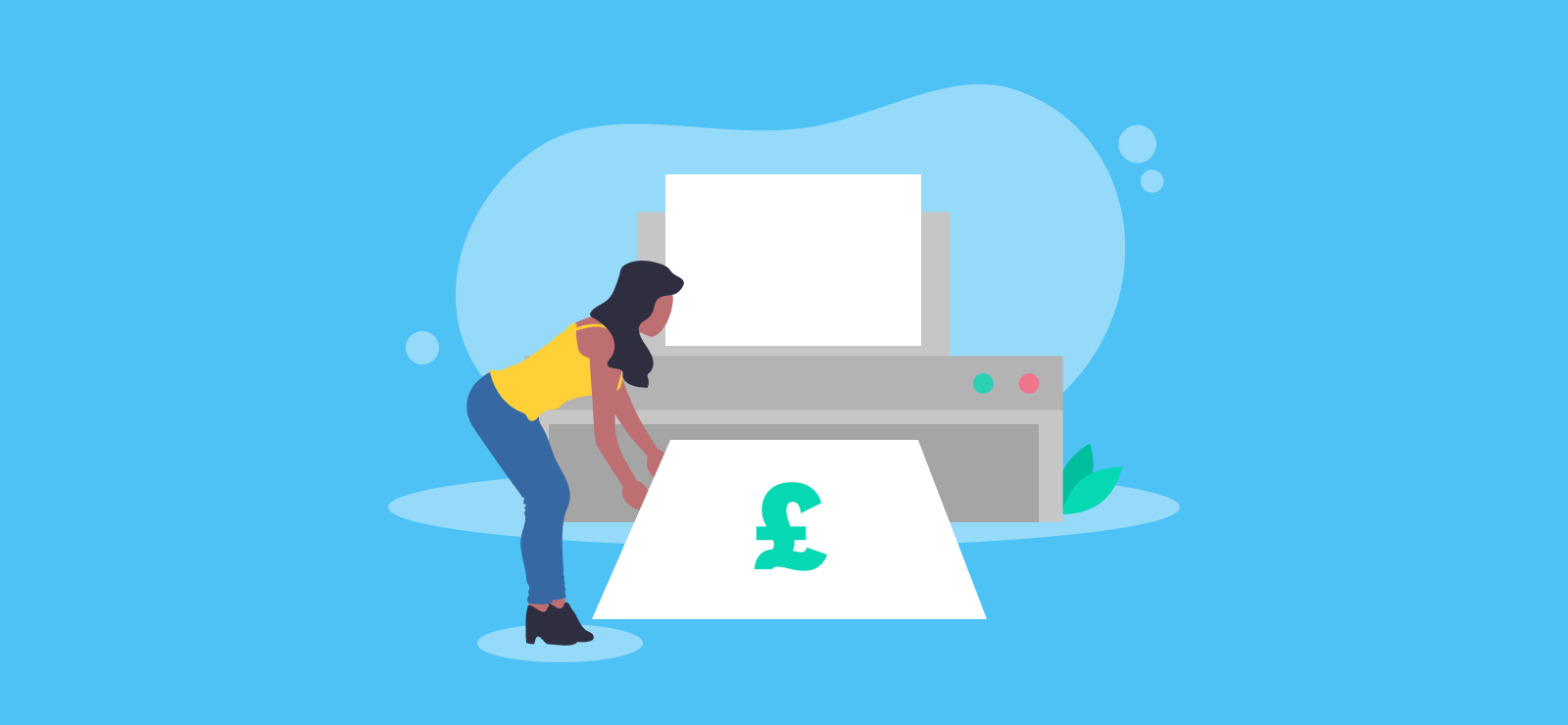

How Do I Create an Invoice?
Whether you own an online shop and make bespoke goods, or you offer services to other businesses, getting your first client or customer is an exciting feeling! Either way, to ensure you’re paid (correctly and on time) you might need to send out an invoice.
Sending invoices may seem scary at first, but it’s vital for both you and your clients to have a record of what’s what. It also means you can show these figures in your bookkeeping – which is vital for completing tax returns accurately, as well as claiming things like business expenses.
In some instances, sending an invoice is a legal requirement – for example, if you and your client are both VAT-registered. We’ll discuss what an invoice is, and how you can create one.
What is an invoice?
An invoice is essentially a document to request payment for work or goods sold. They normally include an itemised list of what was supplied, the cost of each unit, handling fees or shipping costs, any VAT that’s added, and the total amount to pay.
Accurate invoicing is an essential part of the record keeping process for your business. It also means you have more chance of being paid promptly and for the right amount – over or undercharging a customer or client can cause a lot of confusion, and even delay payment.
What about a customs invoice?
Customs and commercial invoices give customs officials information about a shipment so it can be cleared across an international border from one country into another.
Sometimes referred to as a proforma invoice, a customs invoice can be used by both businesses and individuals to send gifts or personal items. It includes a description of what’s inside, where it’s coming from and going to, and the unit and total price of the contents. Customs officers at the receiving country use this information to make sure the right duties and taxes are paid.
Who needs to send an invoice?
- If you’re selling products or services to a customer who’s not VAT-registered then a receipt should suffice unless they ask you for an invoice.
- If it’s a business-to-business transaction where you’re both VAT-registered, by law you must send them an invoice.
Is a receipt the same as an invoice?
It’s easy to get confused between a receipt and an invoice. A receipt is an acknowledgment that payment has been received, whereas an invoice shows what goods or services a payment is expected for (and when!).
What’s included in an invoice?
It’s important you don’t miss anything out on your invoices. They must include:
- An identification number that is unique
- Your business name, address, and any contact information
- Your customer or client’s name and address
- A clear description of exactly what you’re charging for
- The supply date (the date on which goods or services were provided)
- The date of the invoice
- The amounts charged
- Your VAT number and the amount of VAT which was charged (if you’re VAT-registered)
- The total amount
- What payment methods you accept
If you’re a sole trader, you also need to include your name and any business name being used, as well as an address where any legal documents can be delivered. Limited companies must include the full company name and registration number as shown on their certificate of incorporation.
Once you know exactly what needs to be on your invoices, it’s time to start thinking about how you want it to look. It doesn’t need to be black and white; you can personalise it to match your business. This includes adding your brand colours, logo and even a thank you message at the bottom.
Are my invoices different If I’m VAT registered?
Being VAT-registered comes with more requirements in general, so there are some differences in what you must show on your invoices. You’ll need to send ‘VAT invoices’, which include a breakdown of the of VAT charged, what items it was charged on, the VAT rate used, and whether there are any zero rate or exempt items (as well as the reason).
How do I create an invoice?
The good news is that you don’t need to create an invoice from scratch on a Word document each time you get a new client or customer.
You can use online templates (there are plenty on the likes of Canva) or even use bookkeeping software to create your invoices and automatically record them in your bookkeeping straight away (like our very own Pandle does!).
If you choose not to use software, it’s still important to ensure you keep a record of this information in your bookkeeping. This will make your life much easier when it comes to checking who has paid, and who still needs to (and it’ll allow you to give HMRC everything they need).
How long should I wait for a client to pay the invoice I’ve sent to them?
You should always include the invoice date and its due date. The usual rule of thumb is 30 days from the invoice date – but every client is different, and some may have a shorter, or longer arrangement with you.
A lot of businesses and customers will pay the invoice within 24-48 hours, although some may take a little longer. If you use bookkeeping software, you can send automatic payment reminders, which should prompt the majority of your clients to pay if they’ve forgotten (which is the main reason many people don’t pay on time).
What do I do if my client doesn’t pay their invoice?
Late payments can really cause a strain in a business, and can be stressful to deal with. If you’ve sent email reminders, letters and tried to call the client you may consider the following:
- Charge interest on any late payments
- Cancel future work you have with the client, or pause anything you’re in the middle of
- Take legal advice for late payments (you’ll likely be advised on what to do next based on how much is owed to you. For example, you may find it’s better to simply write it off if the amount is too small to be deemed worth the hassle, or you may be told to submit a Small Claims Court N1 form for larger debts).
Learn more about our online accounting services for businesses. Call 020 3355 4047 to chat to the team, and get an instant online quote.
Want to learn more?
Subscribe to our newsletter to get accounting tips like this right to your inbox

Read more posts...

April 2025 Client of the Month: Amplify Presentations Ltd
23rd April 2025This month we spoke to Stewart Bewley, Director of Amplify Presentations Ltd! Amplify | LinkedIn Hey Stewart! Tell us about your business I…
Read More
Bookkeeping for Sole Traders
22nd April 2025Becoming a sole trader is exciting, but before you start it’s important to understand what being one actually means, as well as…
Read More
The Accountancy Partnership – Our Positive Reviews
17th April 2025We’re proud of our customer reviews here at The Accountancy Partnership The reviews we receive from our customers show how hard we…
Read MoreConfirm Transactions
The number of monthly transactions you have entered based on your turnover seem high. A transaction is one bookkeeping entry such as a sale, purchase, payment or receipt. Are you sure this is correct?
Please contact our sales team if you’re unsure
VAT Returns
It is unlikely you will need this service, unless you are voluntarily registered for VAT.
Are you sure this is correct?
Call us on 020 3355 4047 if you’re not sure.
Bookkeeping
You will receive our bookkeeping software Pandle for free, as part of your package.
You can use this to complete your own bookkeeping, or we can provide a quote to complete your bookkeeping for you.
Please select and option below:
Call us on 020 3355 4047 if you’re not sure.

